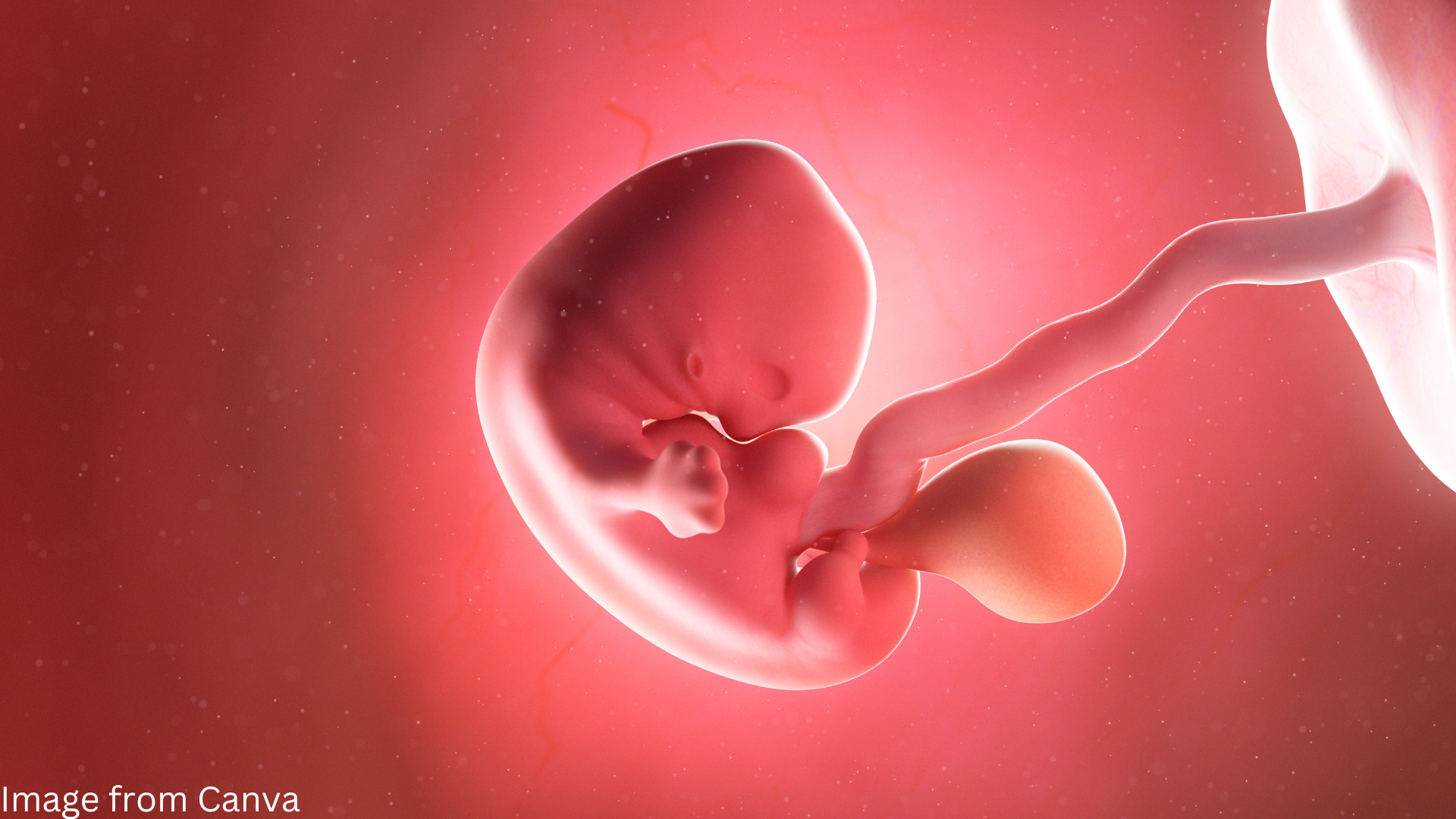
At 20 weeks, the muffled sounds the fetus first hears from outside the womb are really important for brain development.
The reason is that in the second trimester, the fetus’s brain is still in the very early stages of setting itself up to process sounds. Having that first external sensory input “degraded” by having to travel through tissue and amniotic fluid and the bones of the skull (the sounds are transmitted through bone as opposed to air post-birth) means that the sounds fetus hears are at the lower end of the frequency range (primarily mama’s voice and the biological sounds of her body like heartbeat and digestion). That low frequency stimuli supports the development of the areas of the brain that process those sounds, while the areas responsible for higher frequencies follow later. This specialization of different areas of the brain for frequency processing is called tonotopic organization.
In keeping with the order of this organization, as pregnancy progresses, the uterine lining begins to thin and higher frequency sounds begin to penetrate. Numerous studies evaluating hearing based on the movement of the fetus, as well as MEG and fMRI measurement ,suggest that around 33 weeks, fetuses start to register frequencies of 1000 Hz*. The tonotopic map’s expansion to incorporate processing of these new frequency levels is an important step on preparing the fetus for the more complex auditory experiences that will happen post-birth ranging from voice recognition (likely mama first!) and discrimination of a range of sounds from vowels to melodies. It’s all part of the plan.
*If you’re curious what 1000 Hz sounds like, it’s essentially the sound of the tv test tone. Check it out here: https://bit.ly/3ReOIcp
